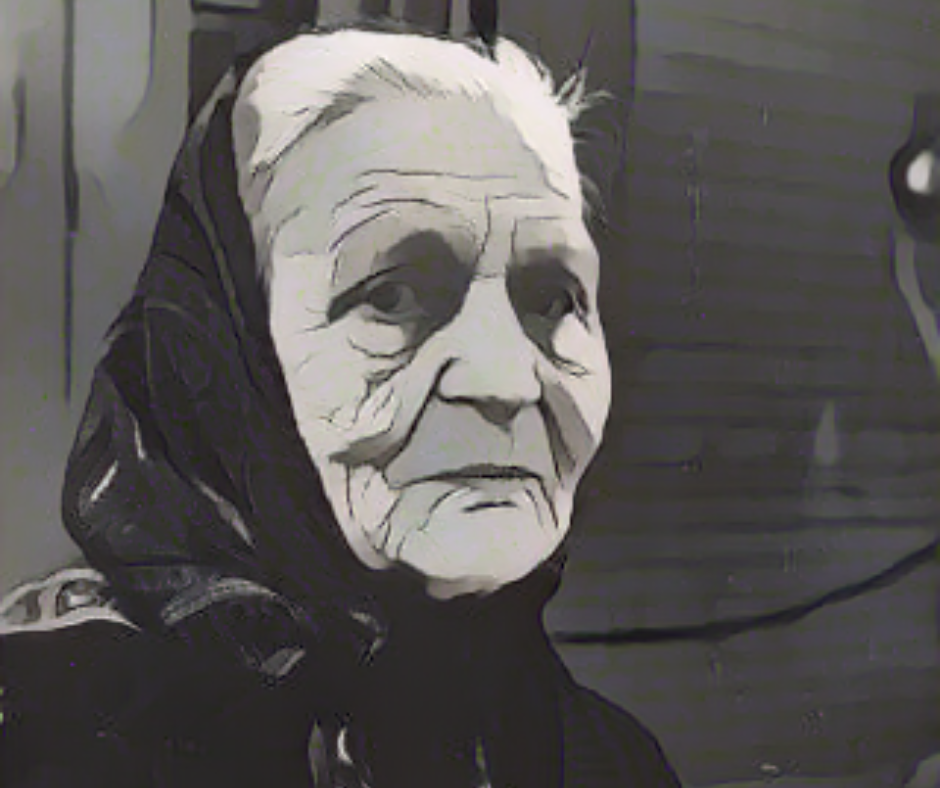Written by: Dr. Daina S. Eglitis

She was an ethnic Latvian recognized with her husband, Zanis Lipke, as Righteous of Nations, for rescuing Jews during the Holocaust in Latvia. She is, however, far less known and recognized than her husband, though her contributions to rescue and the risks she took were significant.
Johanna Lipke was Žanis’s closest friend and confidante. Hiding Jews in her yard, she risked her own life as well as the lives of her children. Johanna’s patient everyday heroism was revealed in her caring for the people hidden in the bunker: she had to feed them and take care of their other needs. Johanna Lipke (née Novicka) was born in 1903 in Eleja and raised in a family of six other children. On her 40th birthday, she was shocked to hear from her father that she had been adopted. In her interview to filmmaker Herz Frank, Johanna revealed that her real father was the son of Count Medem of Eleja and her mother, the governess at Eleja Manor who gave the child to her sister. Her parents had referred to her real father as her “American uncle”. Before her wedding to Žanis, Johanna had received a special package from her overseas “uncle”: he had sent her material for her wedding dress.
Johanna had to start working at an early age. At the age of 12, little Johanna was a salesgirl at a Jewish owned shop near the Meitene railway station in Eleja. Later, the family moved to a five-room flat in Riga, at 24 Hospitāļu Street. In addition to Latvian, Johanna knew Lithuanian, Polish, German and Russian; as a child she could also communicate in Yiddish with her Jewish friends.
Johanna’s contribution to the rescue mission was of crucial significance. Unbeknownst to the neighbors, violating the German-set quota of 5 chickens, Johanna managed to raise dozens of chickens, ducks, turkeys, geese and rabbits, as well as pigs and goats, which helped to stave off wartime hunger and let the Lipke family take food to the people in their various refuges. Johanna had to slaughter the animals and cook both for her own family and for the people hiding in the bunker.
Read more about Johanna Lipke here